The detrimental effect of plastic pollution rears its ugly head once again.
A whale washed ashore in the Philippines on March 16 died before rescuers could reach the site.
An autopsy carried out by marine biologists from Davao City-based D'Bone Collector Museum revealed that the whale had ingested 40kg of plastic, according to their Facebook post.
Death by starvation
Identified as a Cuvier's beaked whale, the whale died from starvation, according to National Geographic (NG).
Ingesting such an appalling amount of plastic likely gave the whale a false impression of fullness. In reality, however, it was not getting the nutrition it required.
Its gastric juices were also unable to break down the plastic waste in its belly, and had instead worn holes through the whale's stomach lining, reported NG.
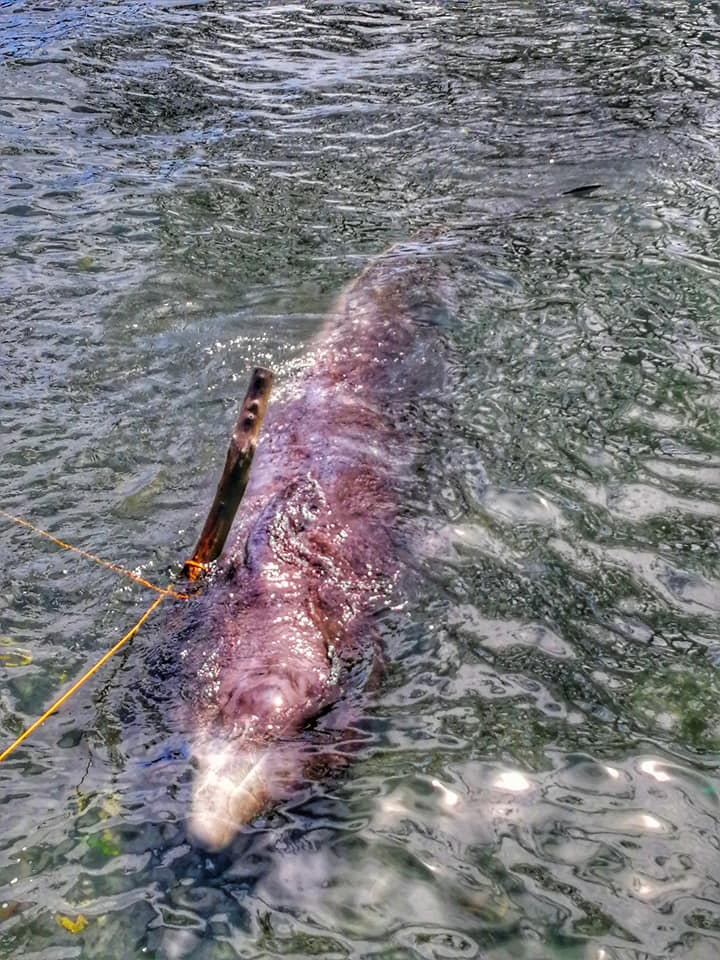 Via D'Bone Collector Museum
Via D'Bone Collector Museum
"Full of plastic"
D'Bone Collector Museum added that the 40kg of plastic found included 16 rice sacks, four "banana plantation style" bags and numerous shopping bags.
"It was full of plastic—nothing but non-stop plastic," Darrell Blatchley, the owner of the Museum, told National Public Radio.
The plastic had remained inside the whale for so long that it had calcified and "was compact to the point that its stomach was literally as hard as a baseball".
You can see Blatchley and his team extracting the plastic from the whale's guts below.
Be warned as the following images may be distressing to some.
*WARNING: GRAPHIC CONTENT AFTER THE ADVERTISEMENT*
 Via D'Bone Collector Museum
Via D'Bone Collector Museum
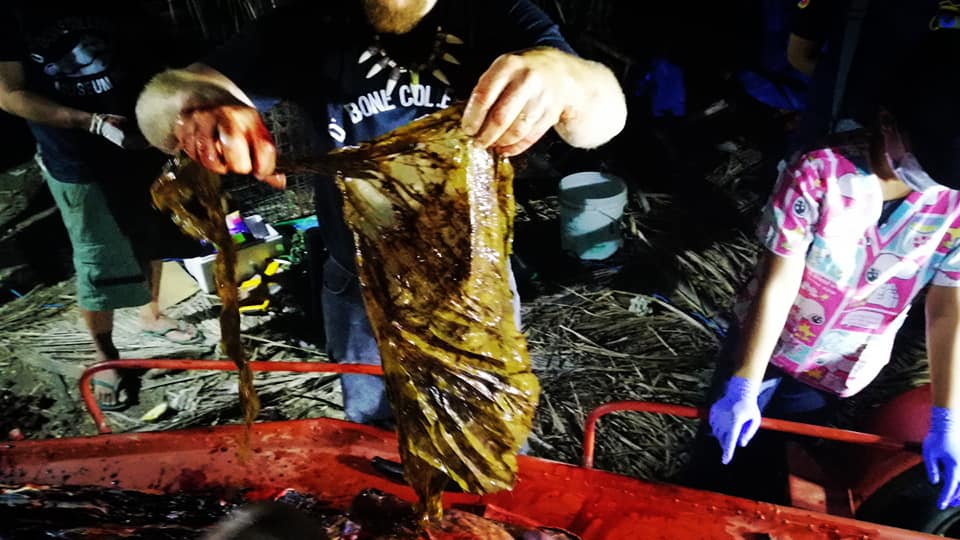 Via D'Bone Collector Museum
Via D'Bone Collector Museum
 Via D'Bone Collector Museum
Via D'Bone Collector Museum
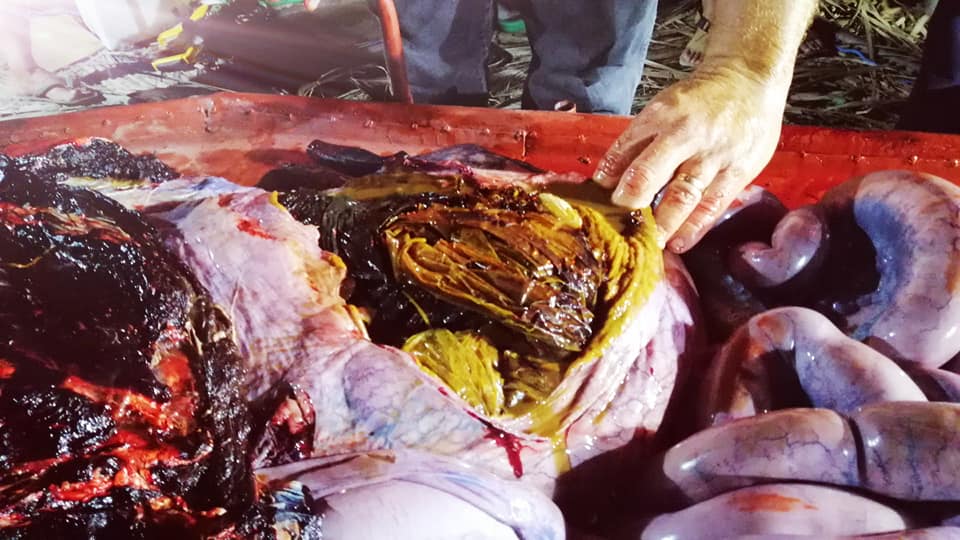 Via D'Bone Collector Museum
Via D'Bone Collector Museum
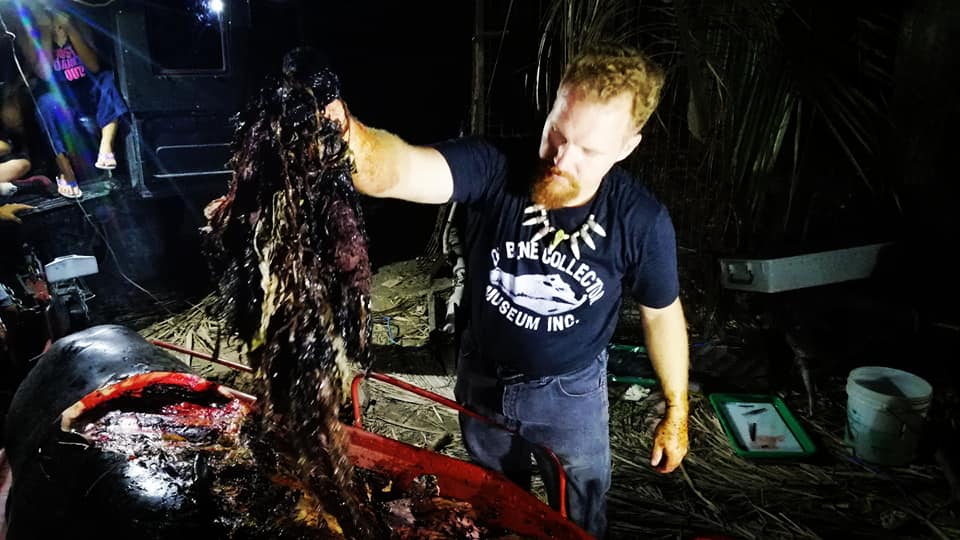 Via D'Bone Collector Museum
Via D'Bone Collector Museum
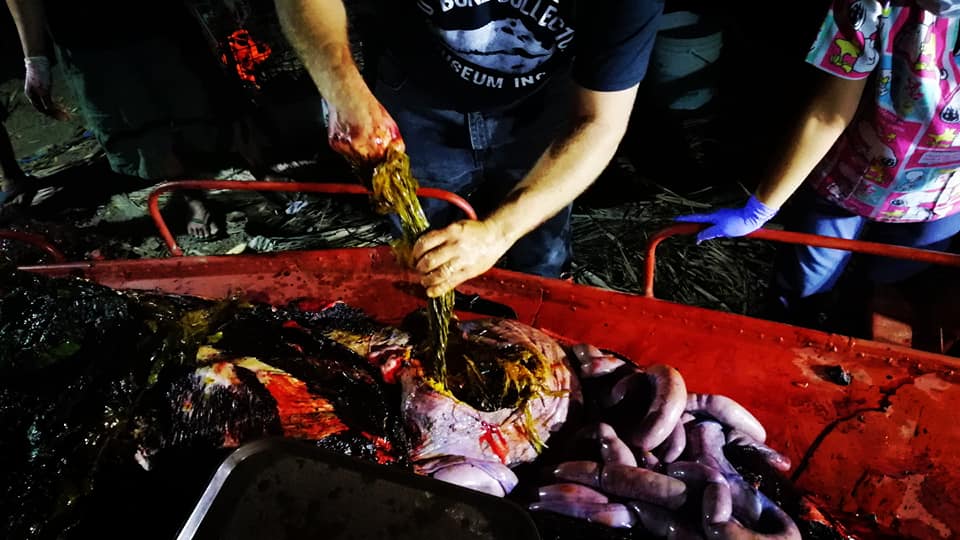 Via D'Bone Collector Museum
Via D'Bone Collector Museum
D'Bone Collector Museum commented that this was the most amount of plastic they had ever found in a whale.
The museum also promised to upload to Facebook a full list of the plastic items found soon.
Philippines, plastic nation
The Philippines produces around 2.7 million tonnes of plastic waste each year.
In 2015, a study conducted by non-profit organisation Ocean Conservancy ranked the Southeast Asian country as the world's third-largest ocean plastic polluter.
Poverty as a push factor for single-use plastics
An article by the World Wide Fund (WWF) cited poverty as the first reason for the massive amounts of plastic produced in the archipelago.
Single-use plastic packaging such as sachets containing shampoo, coffee, toothpaste and milk powder constitute the bulk of plastic waste the Philippines generates. Their convenience and affordability benefits the millions of low-income folks in the country.
Despite calls by green groups like Greenpeace to alter their production processes to those that include more reusing and recycling, consumer goods MNCs continue to market these products, according to Ocean Conservancy.
Lax enforcement
The second reason for the Philippine's plastic waste is the lack of proper waste disposal methods, with many poorer communities simply dumping their waste into nearby waterways, WWF said.
Although laws safeguarding against plastic pollution have been in place since 2000, enforcement by local governments is poor due to a lack of funds, political will, and corruption, according to the South China Morning Post.
If the situation does not improve soon, more marine animals might suffer the same fate as this whale.
All photos from D'Bone Collector Museum, and its Facebook page.
If you like what you read, follow us on Facebook, Instagram, Twitter and Telegram to get the latest updates.
